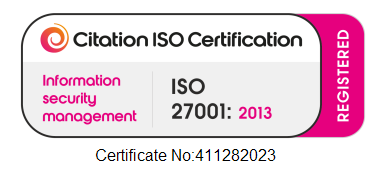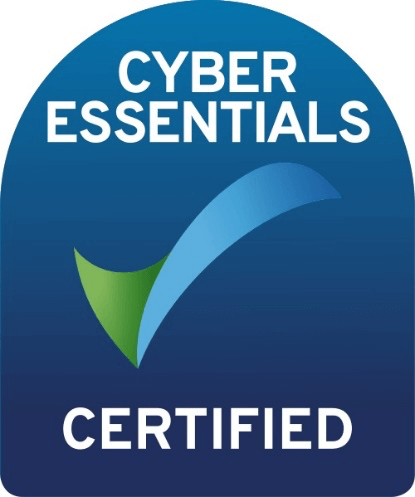Email Domain Security
If your email domain is insecure you are risking not just your business, you are putting your customer and clients at risk as well!
What is email domain security?
DKIM, DMARC, and SPF are email authentication methods used to prevent spam, phishing, and email spoofing. Here’s a simple breakdown of each:
- SPF (Sender Policy Framework):
SPF allows domain owners to specify which mail servers are allowed to send emails on behalf of their domain. It’s like a list of approved senders for your domain. When an email is received, the recipient’s server checks if the sending server is on the list. If it is, the email is more likely to be legitimate. - DKIM (DomainKeys Identified Mail):
DKIM adds a digital signature to each outgoing email, which is created using a private key controlled by the domain owner. When the email reaches its destination, the recipient’s server uses a public key (published in the domain’s DNS) to verify the signature. If the signature matches, it means the email has not been tampered with and is truly from the claimed sender. - DMARC (Domain-based Message Authentication, Reporting & Conformance):
DMARC builds on SPF and DKIM, adding a layer of policy and reporting. It allows domain owners to set rules about how emails that fail SPF and/or DKIM checks should be treated (e.g., rejected, quarantined, or monitored). DMARC also provides reports so domain owners can see who is sending emails on their behalf and detect any suspicious activity.
In summary:
- SPF = List of allowed senders.
- DKIM = Digital signature to verify email integrity.
- DMARC = Policy and reporting based on SPF and DKIM checks.
How does this help me?
- Stops Fake Emails: Helps prevent spam and phishing attacks by blocking emails pretending to be from your domain.
- Builds Trust: Makes your emails look more trustworthy to recipients, so they’re more likely to land in inboxes instead of spam folders.
- Monitors Activity: Gives you reports to see who’s trying to send emails using your domain, helping you spot and fix security issues.
Is my email domain is securely configured?
Enter your domain in the box below for an immediate scan of your domains email security.




